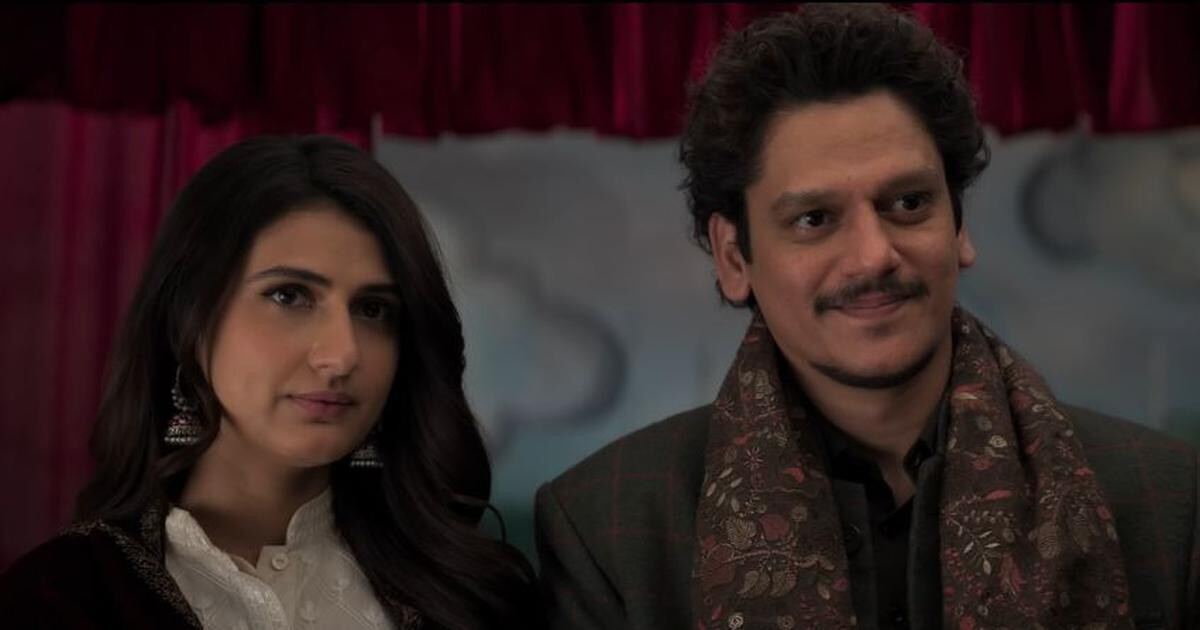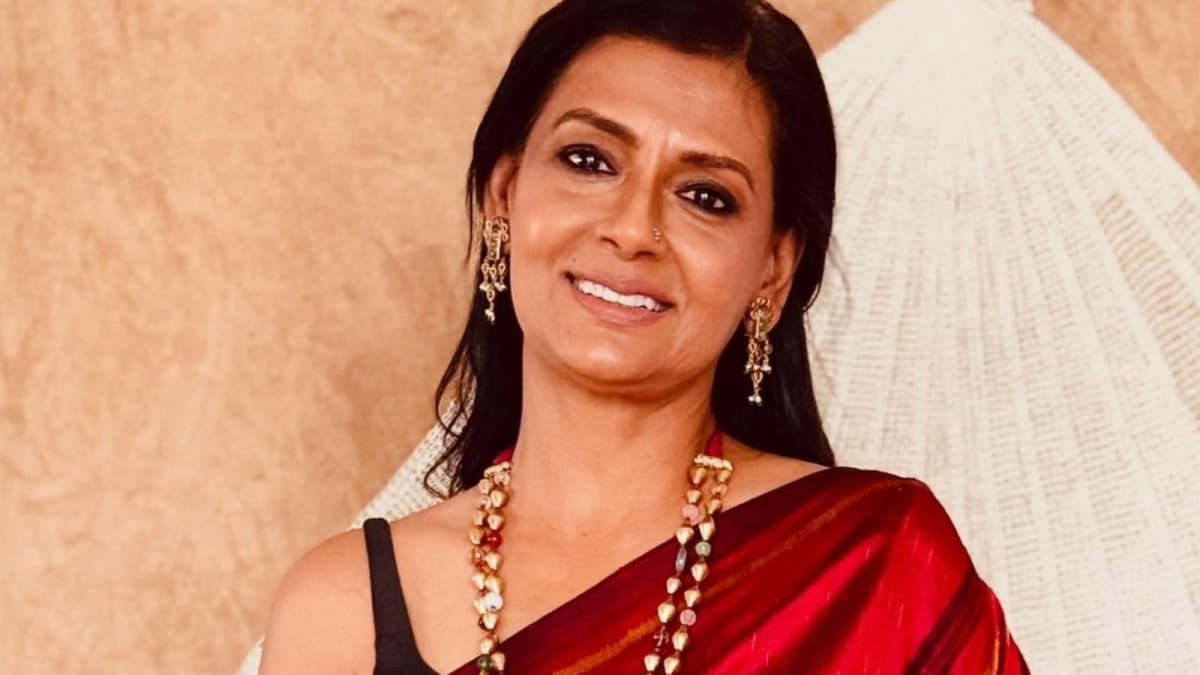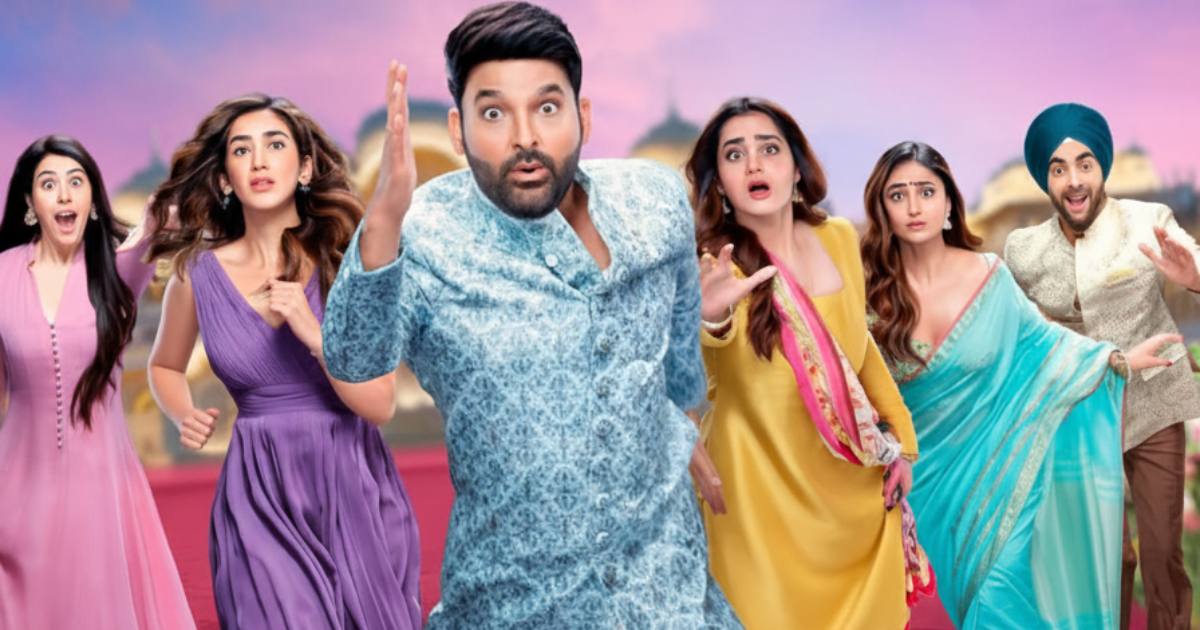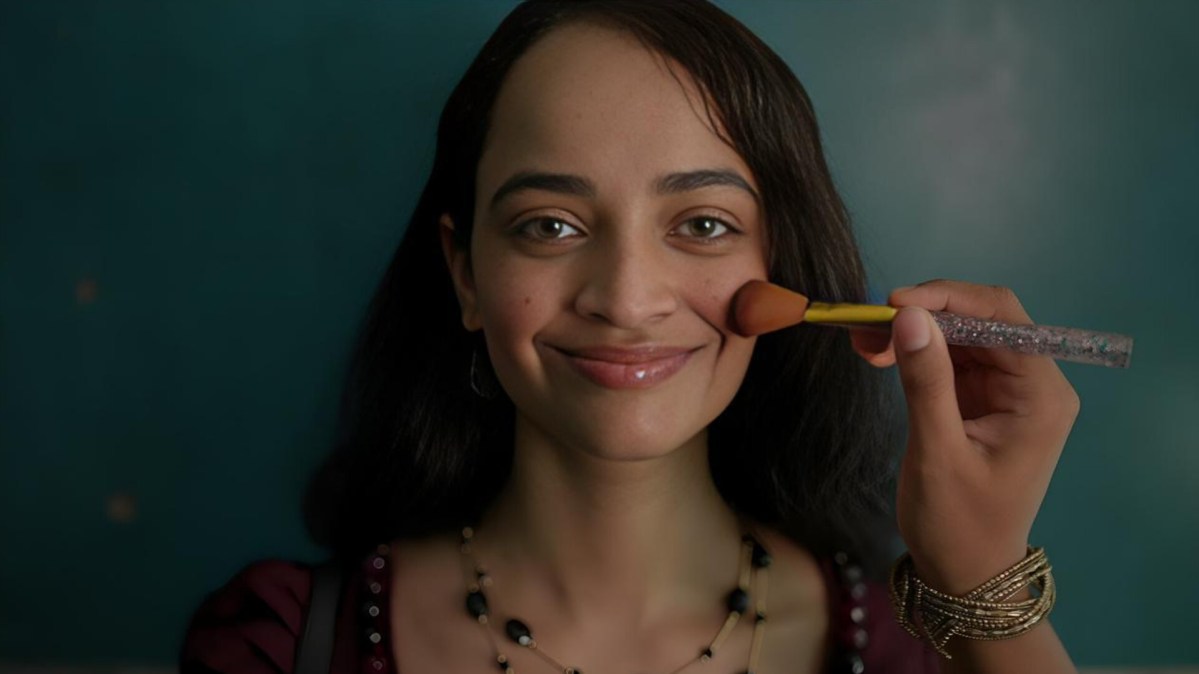
Nothing bad about this lovelorn girl – Beyond Bollywood
Writer-director Varsha Bharath draws inspiration from her own life to tell this fine coming-of-age film. Anjali Sivaraman and ShanthiPriya steal the show with compelling performances.
Rating: ⭐️⭐️⭐️ (3 / 5)
By Mayur Lookhar
It would be convenient to call this an Indian thing, but in truth, across the world bachelors and bachelorettes are asked by mothers, “Who will take care of you once we are gone?”
Que sera sera, easier said than done. In desi households, the usual response is, “Jo hoga dekha jayega”. (Your quadragenarian bachelor reviewer is one of them). Ramya is quick to tell her mom,” Who is taking care of you?”.
Before Sundari (Shanthipriya) can react, her husband calls out for more chutney. Ah, mothers, so busy caring for their spouses and children that, over time, they often forget to care for themselves.
Going by the above, you’d assume Ramya (Anjali Sivaraman) to be concerned about her mother, but why is Varsha Bharath’s ‘strong female protagonist’ called a Bad Girl?
The Grouse
When schoolgirls her age were eyeing front benches and topping mathematics, 15-year-old Ramya wanted nothing more desperately than a boyfriend. Her hazel-green eyes were captivating, but her scrawny frame and pimples perhaps made her less attractive in the eyes of her peers. She found her first love in Nalan (Hridhu Haroon), a quiet but handsome boy.
A young romance blossomed, carefully kept under wraps, until the news reached Sundari, a respected teacher at the same school. All hell broke loose. Ramya was severely reprimanded by her family, while Nalan’s parents sent him off to Singapore. Devastated, Ramya blamed her mother for ruining her life.

Soon, she left home to stay in a hostel, and with each passing year and every failed relationship, her resentment toward her mother only grew, as she held her responsible for all the chaos in her life.
Screenplay & Direction
A mere look at Varsha Bharath makes it clear that Ramya’s story is perhaps her own. How often do filmmakers draw inspiration from their own lives for their maiden feature? Varsha has openly described Bad Girl as a film shaped by her experiences growing up in a Tamil Brahmin household.

The teaser, however, sparked controversy. Filmmaker Mohan G. Kshatriyan didn’t hesitate to claim that it portrayed Brahmins in a bad light. Bizarrely, even after the CBFC cleared the film with a U/A certificate, a court ordered the teaser removed from social media amid concerns about potentially offensive depictions of children.
While this is a coming-of-age story, it never crosses any immoral or illegal boundaries. The film simply explores a young woman navigating societal expectations, strict parenting, and the complexities of her own desires. It traces her evolution from adolescence to adulthood, highlighting the challenges and subtleties of womanhood within a traditional setting. While it is seen through a woman’s gaze, the issues it tackles aren’t gender-specific.
Ramya’s journey is largely self-explanatory, but the crisp Hindi dialogues by Arnav and Amit Tharwani never make you feel that this is dubbed content. With our own adolescent years far behind us, it’s impossible to view the film solely through Ramya’s teenage perspective.
For a traditional Tamil Brahmin family, it is surprising to see Ramya break free, almost living like a rebel during her college years. One suicide threat, and the parents give in. She believes she has found true love in Arjun (Sashank Bommireddipalli), the handsome hunk who later turns out to be a player. Soon, the film takes strides, showing Ramya as a 32-year-old independent woman. The Bad Girl story commences in 2008, and by that count we presume the present year to be 2025..
Bharath could have eased the viewer into this transition, but the sudden shift provides insight into how a girl once obsessed with having a boyfriend discovers a sense of purpose in her career. Though we are still unsure about the career path Ramya chooses. Her string of breakups leaves her dejected and sulking, yet it raises the intriguing question: how could such a chaotic, tumultuous person thrive professionally? Amidst the chaos, what kept her grounded were her two Indie cats, one of them named Madam, who, sadly, is no longer with us.
In the present day, Ramya is a working woman, yet lovelorn, still resentful towards her mother, and never having formed an emotional bond with her father. Her life, much like this film, seems to meander without direction, with no clear goal or conclusive climax in sight. As a viewer, you begin to wonder: is Ramya being unnecessarily harsh on her mother? Fortunately, the Bad Girl eventually arrives at that realization herself, and no longer laments her lovelorn state.
Acting

Ramya resonates with her ilk, but her complex relationship with her mother, especially blaming her for her woes, is something common to both mercurial men and women. For the former, it is often more about struggling careers. Ramya may not be popular among traditionalists, but it’s a virtuoso performance by Sivaraman that draws you to this character. The hazel-green eyes are captivating, but the real magic emanates from Sivaraman submitting her soul to the role, reveling in her impetuosity, unapologetic in her longing for love and intimacy, and brilliantly emoting her frustration through the years. Her qualities, her vulnerability, are what make this character so beautiful. She is not a bad girl but simply lovelorn.

At the other end, you can only feel empathy and admiration for Sundari, who often faced flak from her mother-in-law and her husband for her daughters’ actions. The elder one eloped with a non-vegetarian man, and then came Ramya. Not for a moment are we judging the daughters, but the reality of this society is that it’s the mothers who bear the blame for their daughters’ choices. Though Ramya wears the ‘strong female protagonist’ badge, it is Sundari who truly embodies that spirit, taking family and societal barbs, all in the hope of giving her children a better future. Shanthipriya brings a modicum of shanti (calm, peace) while living the Sundari life.
Primarily, a mother, and her daughter’s journey, the men in Varsha Bharath’s film play their part finely. Hridhu Haroon as Nalan, Teejay Arunasalam as Irfan, and Sashank Bommireddipalli as Arjun deliver competent and engaging performances.
Music / Technical Aspects
Bollywood composer Amit Trivedi makes his maiden foray into Tamil cinema. Tamil audience are the best judge of the lyrics, but the music of the two tracks Please Yenna Appadi Paakadhey and Naan Thani Pizhai is captivating.
Bad Girl’s strong visual storytelling is the handiwork of Preetha Jayaraman, Jagadeesh Ravi, and Prince Anderson. While it’s unclear who contributed what, the collaboration itself is a rarity, with three cinematographers credited for a single film. Together, they beautifully capture Sivaraman’s expressions and the film’s magical, intimate moments, first in her scenes with Nalan, and later in the aesthetically brilliant, deeply intimate sequences with Arjun, enhancing both the emotional depth and visual poetry of the story.
Final World
Vetrimaaran’s films are known for their gritty realism, complex characters, and sharp social commentary, often exploring caste, class, corruption, and human resilience in both rural and urban settings. In her directorial debut, Varsha Bharath, long an understudy to him, impressively expresses herself and tells her story with confidence. Traditionalists may still question a character like Ramya, but both Varsha Bharath and her strong female protagonist deserve our respect.
Publisher: Source link
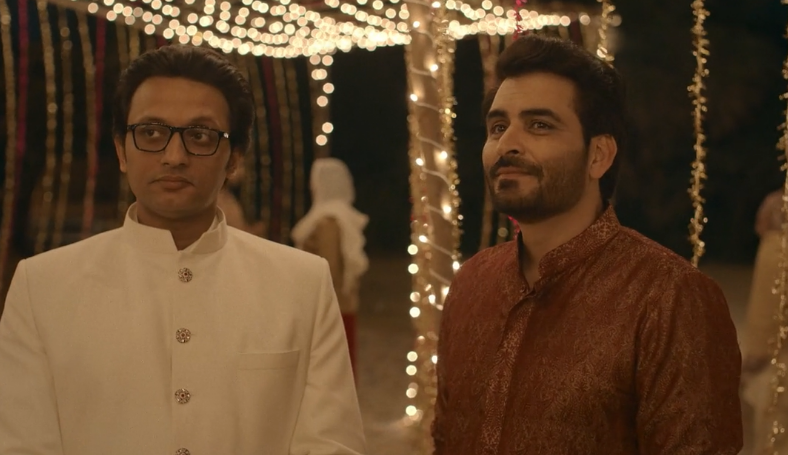
Series Review Real Kashmir Football Club

Dhurandhar Movie Review – Bollymoviereviewz
